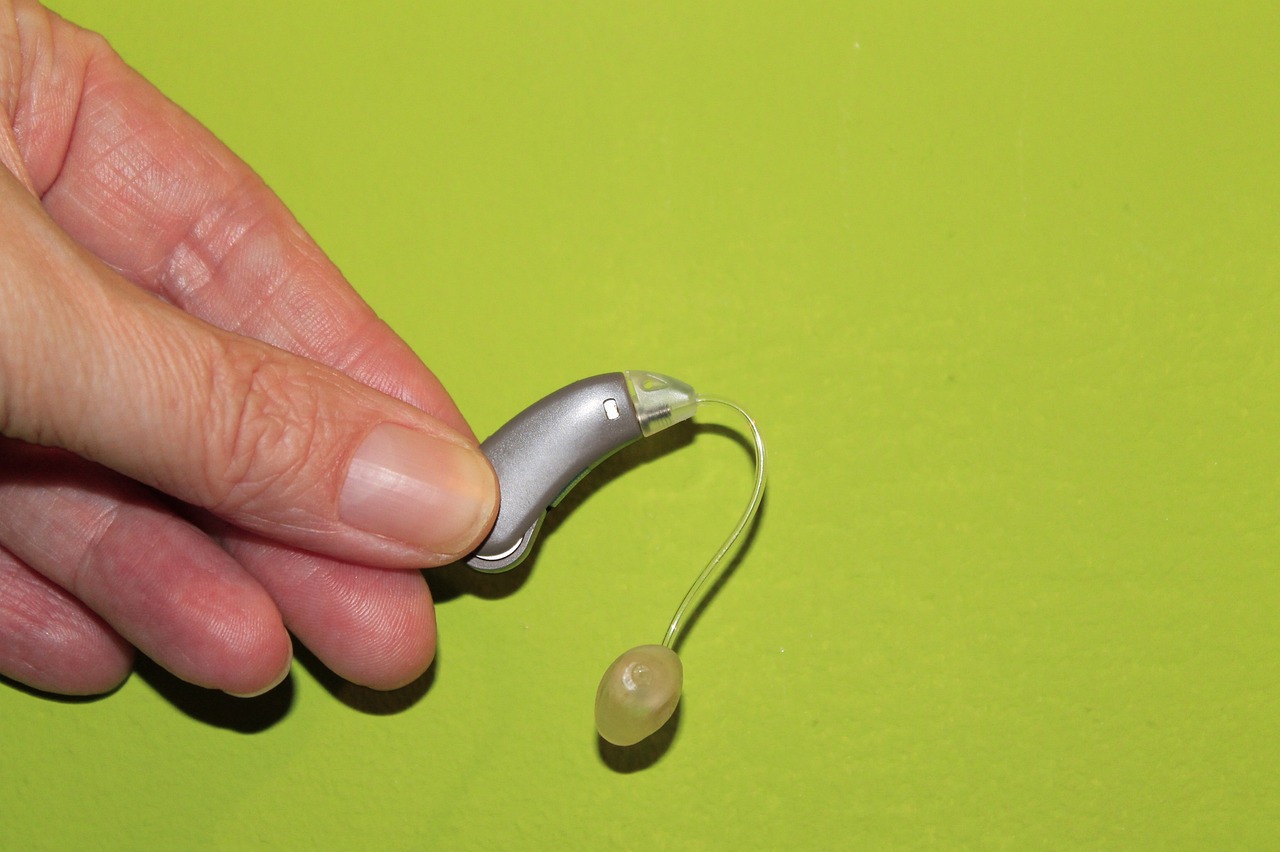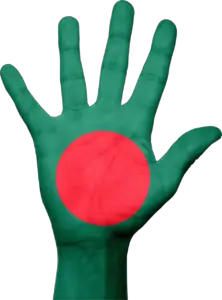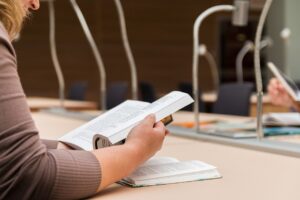In the intricate tapestry of human experience, where senses paint our perception of the world, hearing occupies a central space. Yet, for one in five people globally, this world resonates differently. They belong to the diverse and vibrant community of people who are hard of hearing. But what does it truly mean to be hard of hearing?
Living in a Soundscape of Nuance:
Being hard of hearing is not simply a matter of lowered volume. It’s a spectrum of experiences, unique to each individual. Some navigate a world muted, struggling to catch faint whispers. Others grapple with distorted sounds, where melodies morph into cacophony. Every conversation, every bustling street, every crackling TV presents a personalized puzzle of decibels and clarity.
The challenges are myriad. Missing crucial information in meetings, straining to follow conversations in social settings, and relying on subtitles to unlock the magic of cinema are just a glimpse into the daily realities. Yet, it’s crucial to recognize that being hard of hearing is not solely defined by difficulties.
More Than Just a Label: Reclaiming the Narrative:
For decades, the term “hearing impaired” was used to describe this community. However, its connotations of deficiency and deficit sparked a powerful movement for self-advocacy. “Hard of hearing,” championed by the community itself, emerged as a more empowering and accurate label. It recognizes the spectrum of experiences, acknowledges the challenges, but also celebrates the strengths and resilience of individuals who navigate a world designed for different ears.
Identity, Not Disability:
For many, being hard of hearing is not just a medical condition, but a fundamental part of their identity. It shapes their experiences, relationships, and perspectives. Deaf culture, with its rich tapestry of sign language, visual storytelling, and shared understanding, serves as a source of belonging and community.
Think of it this way: Being hard of hearing is not synonymous with disability. It’s a different way of experiencing the world, one with its own set of strengths and challenges. Just as sighted individuals navigate a world built for the seeing, people who are hard of hearing adapt and thrive in environments designed for those who hear effortlessly.
Celebrating the Spectrum:
However, acknowledging the diversity within the hard-of-hearing community is crucial. Experiences vary widely, shaped by factors like the degree of hearing loss, age of onset, access to technology, and individual coping mechanisms. Some individuals utilize hearing aids, while others embrace sign language or rely on lipreading. There’s no one-size-fits-all approach, and recognizing this heterogeneity is essential for building a truly inclusive world.
Building Bridges, Not Walls:
Creating an inclusive society for people who are hard of hearing requires a proactive approach. From advocating for better accessibility through captioning and assistive devices in public spaces to promoting awareness and understanding among the hearing community, we can pave the way for a more equitable world.
Think beyond the label, the stereotypes, and the limitations. Look at the ingenuity, the resilience, the rich cultural tapestry woven by a community that navigates a different soundscape. Embrace the individuality within the spectrum, celebrate the stories, and amplify the voices.
Remember:
- Being hard of hearing is not a singular experience; it’s a diverse spectrum with unique challenges and strengths for each individual.
- “Hard of hearing” is a preferred term chosen by the community itself, replacing negative connotations associated with “impaired.”
- It’s an identity, not just a disability, shaping perspectives and fostering a vibrant Deaf culture.
- Building an inclusive world requires acknowledging the diversity of experiences, promoting accessibility, and fostering understanding.
Let’s move beyond the whispers and shouts to truly hear the voices of a vibrant community. Every conversation, every step towards inclusivity, every celebration of diversity is a step closer to a world where everyone, regardless of how they hear, can thrive.



